

|
|---|


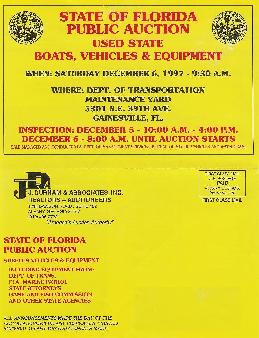
The mailer listed the auction date, time, and location, and also listed the terms of the sale:
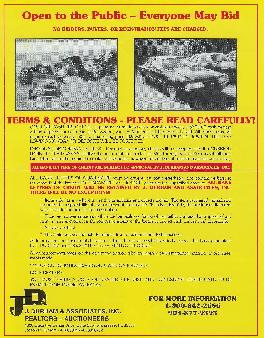
The vehicle photos were usually stock photos from other auctions, but they were updated from time-to-time.
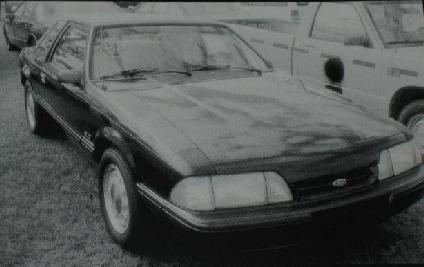
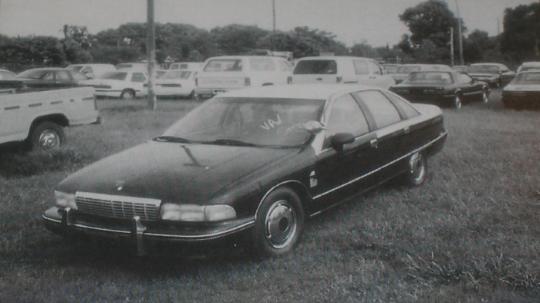
Another shot from a later brochure, both marked and unmarked Mustangs in the background.
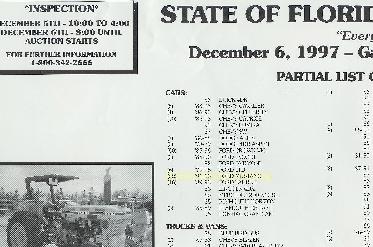
The inside of the brochure listed the vehicles and equipment that was to be sold. At this particular auction, 22 FHP Mustangs were available. These listings were estimates, though, and the numbers of cars could change drastically by the time the auction was held. Also,
the listings gave no other description of the cars, such as mileage, so you pretty much had to just show up and see what was there.
If you planned on bidding, you had to register with the auction company. They issued you a bidder number, and also handed out listings of what was going to be sold, just like any other auction.
The bidder card below was issued for the Gainesville auction.
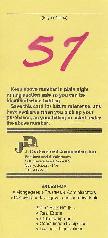
Along with registration, you could also pick up a detailed listing of what was up for auction. These listings included the terms and conditions, some bidding instructions, and information on the property for sale, including lot numbers, the agency that the property was from, vehicle identification number (if applicable), and other information, including the unit numbers (for FHP cars).
Inspections were usually held the day before the auction, and also the morning of (before the start). The cars were usually marked on the windshield with the lot number, that they had been "checked out", and any mechanical issues, but it was definitely buyer beware. You could start the cars, run the A/C, inspect the entire interior/exterior and under hood, etc. but were not allowed to
drive the cars around.
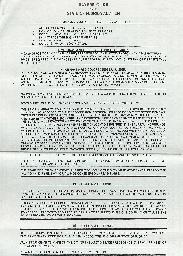
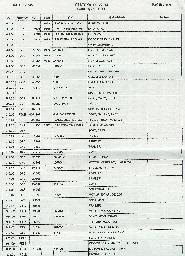
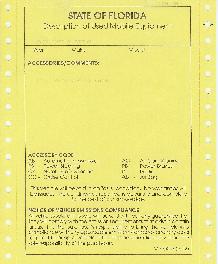
The FHP cars sold were normally from the nearby Troops, but they were also sometimes brought in from other areas. They were usually stripped of all radios/electronics before being brought to the yards, but were still fully-marked. Auction prepping varied over the years, but normally
included scraping the decals off and spraying black paint onto the cream paint areas (early cars were completely repainted, but FHP stopped the practice).
If you purchased a car, you received the odometer disclosure statement, which was marked with the lot number, as well as detailed information on the vehicle.
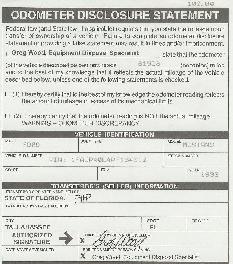
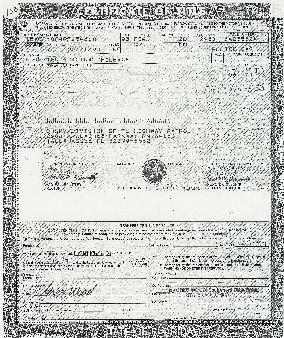
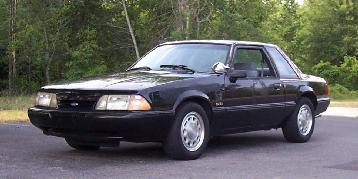
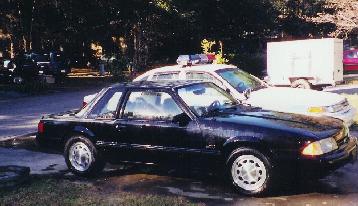
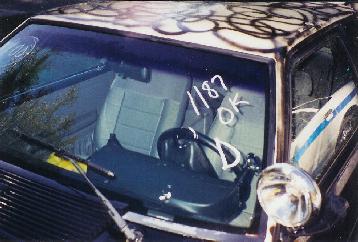
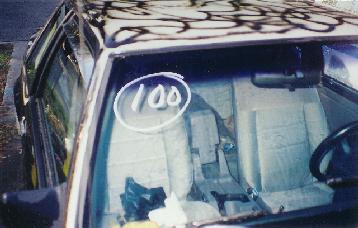
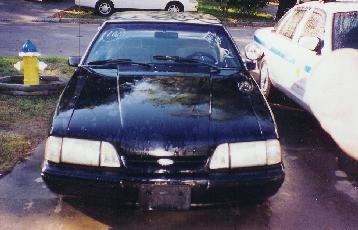
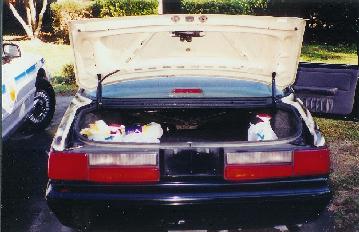
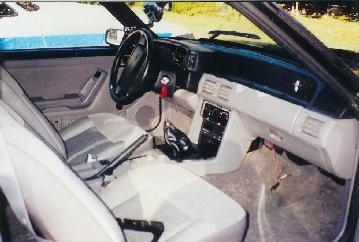
I hope you enjoyed this brief look at the auction process in Florida, and I look forward to updating this section with similar contributions from members here.
Mike M.